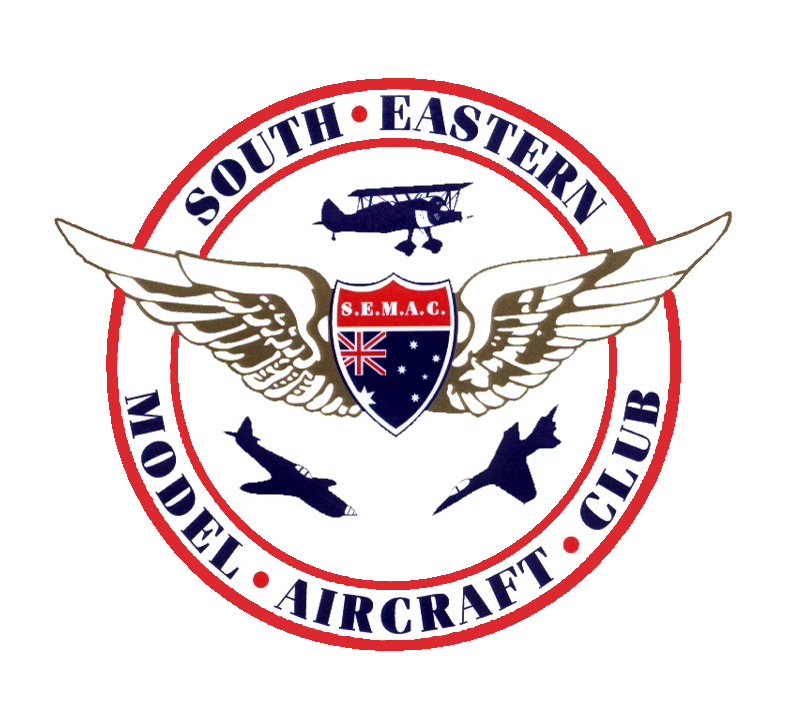NORMAL FLIGHT PROCEDURE
The correct sequence of events for conducting flight under normal circumstances is:
1. Start up and carry model to the taxi way.
2. Taxi on the taxiway to the edge of the runway but do not enter the runway.
3. Conduct control and pre flight checks.
4. Walk over to the safety of the flight line and check the movements and positions of the other flying aircraft. Note: Standing on the runway behind the model for takeoff should only be done if there is a solid reason for it. The runway is for aircraft not pilots.
5. When clear, call “Lining Up”, then enter the runway and line up prior to take off.
Take off and enter the circuit normally.
If the NORTH SOUTH circuit is being flown then the deadzone to be used is to the EAST.
If the EAST WEST circuit is being flown then the deadzone to be used is to the NORTH.
If a wind change occurs then the circuit direction will be called and and aircraft shall change to appropriate circuit. The DEAD ZONE will also relocate to the appropriate position.
All HAND LAUNCHING shall take place outside the pit area at the appropriate runway entry, then the pilot shall take a position in the flightline area with other pilots.
SEMAC Flight Line Standard Phraseology
“AVIATE, NAVIGATE and COMMUNICATE” - We’re generally pretty good with the first two, but it’s easy to fall down on the “Communicate” part. The phrases shown below were published a couple of years ago, but they bear repeating.
“LINING UP” - I am positioned on the taxiway and I am entering the runway prior to take off.
“BACK TRACKING” - I have entered the active runway and am “back tracking” (taxiing) prior to turning into wind for takeoff.
“CLEAR FOR TAKEOFF” - A request made to other pilots for clearance to take off. Other pilots should respond with “CLEAR” or to advise otherwise. If no response then pilot can assume clear after checking a clear take off path.
“ROLLING or TAKING OFF” - I am taking off.
“LOW PASS” - I will be flying on the up wind leg of the circuit of the active runway below 10 metres AGL.
“TOUCH AND GO” - I will be landing on the up wind leg of the circuit on the active runway and taking off again without stopping.
“LANDING” - It is my intention to land.
“BASE” - I am on base leg prior to landing.
“DEAD STICK” - My motor has stopped or is unable to produce thrust to continue flight. I will be conducting a forced landing. (All other pilots are to go around, climb or give way to dead stick models.)
“ON THE FIELD” - I am physically entering the runway environment. “On the Field” relates to people, not models. If your model is entering the runway or field the correct call is “Lining Up” or “Backtracking.”
“RADIO FAILURE” - I no longer have control of my aircraft.
“STOP” - A warning of impending danger. A warning to stop moving or to check for danger. On hearing the phrase “STOP” all members must check that they are safe and are not the cause of the safety breach. (Example: Walking onto the active runway whilst aircraft is landing.)



